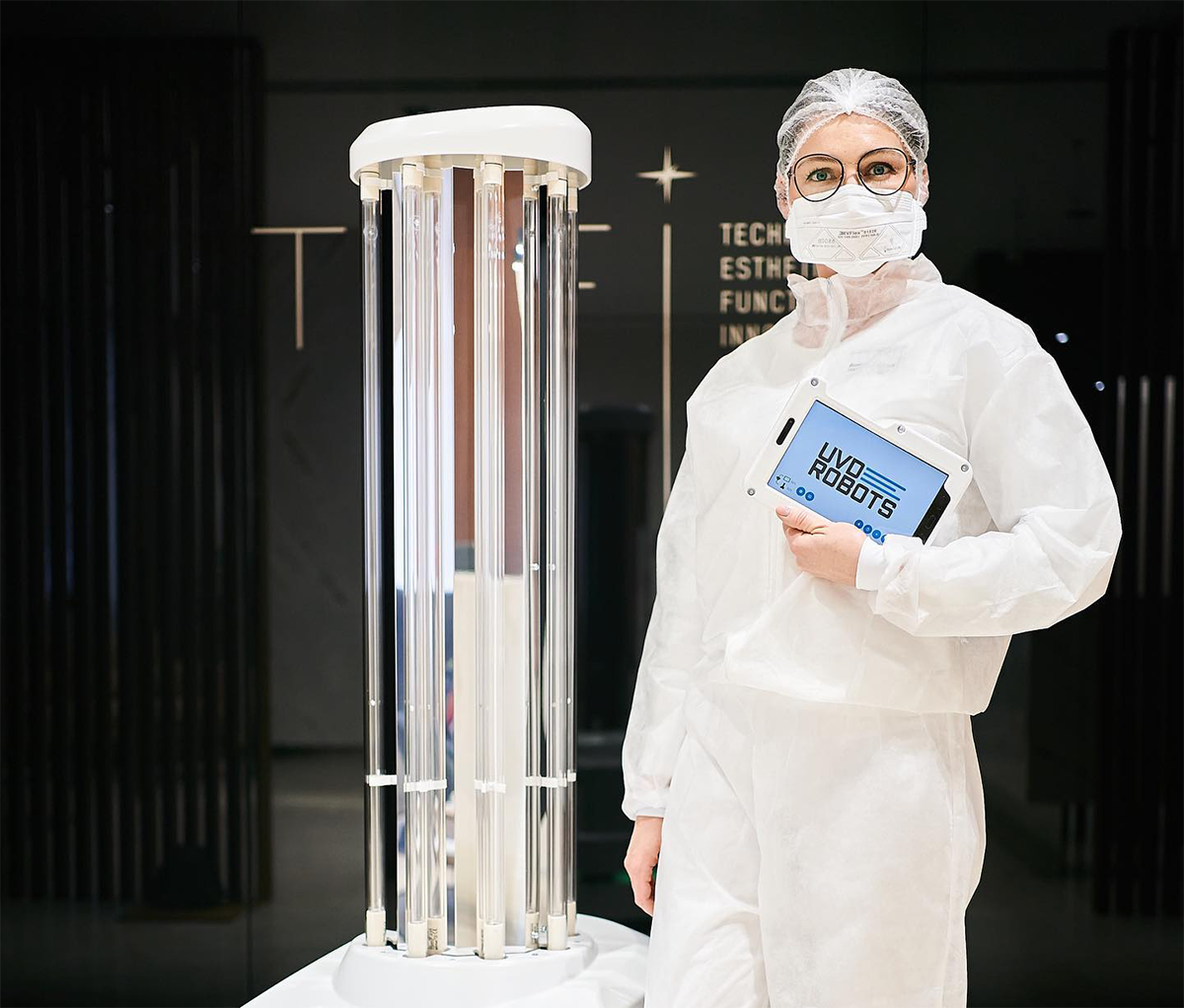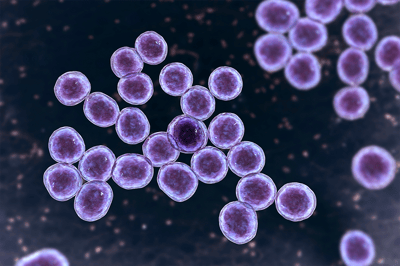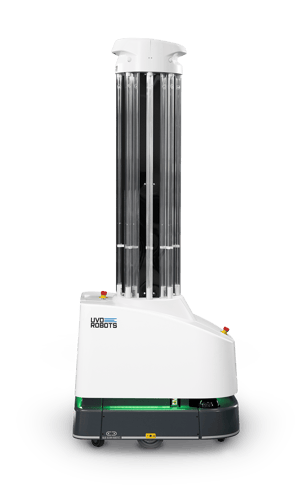Title
Content
Title
Content

Staphylococcus aureus is a microorganism common to indoor areas and surfaces. But what is this organism and how can it be deactivated? This article takes a closer look.
Staphylococcus aureus is a species of the Staphylococci genus, a related group of bacteria that are non-motile (incapable of self-movement) and typically commensal (neither benefits nor harms their host organism) in nature.

Like the other members of the Staphylococci genus, Staphylococcus aureus is Gram-positive, meaning it appears purple or blue when viewed under a microscope after a staining process involving violet dye. Gram-positivity is caused by the significant presence of peptidoglycan, a molecule in the bacteria’s cell wall. 1
Staphylococcus aureus in Environments
Staphylococcus aureus is often found on "contact surfaces" and can survive on stainless steel surfaces for up to 10 days. Factors that may influence this microorganism's survival may include temperature, substrate compositions, and relative humidity.
Ultraviolet C (UV-C) light, especially at wavelengths at 254 nanometers (nm) however, has been associated a marked inactivation of Staphylococcus aureus.2 Ultraviolet light causes a
disruption in a cell's DNA and RNA repair processes, causing cell death.3
UVD Robots for UV Disinfection
UVD Robots are a series of self-navigating UV light disinfection robots produced by the Danish company Blue Ocean Robotics. They are mobile robots that use 254nm UV-C light to disinfect indoor environments of microorganisms such as Staphylococcus aureus.4
In laboratory conditions, UVD Robots have been associated with an over 6-log reduction in Staphylococcus aureus, representing a reduction rate of over 99.9999%.5
In this way, 254nm UV-C light has shown a potential to greatly reduce the presence of Staphylococcus aureus in indoor environments. UVD Robots therefore provides a robotic technology to reduce Staphylococcus aureus in disinfection processes.

UVD Robots provide fully automated disinfection solutions with predictable, and cost effective outcomes in various facilities.
Click the button to learn how our UVD Robots are using UV-C light to eliminate more than 99.99% of selected microorganisms in the environment by disinfecting with UV-C light.
1. Alkasher, Imbarkah, and Wejdan Badi. "Gram-positive vs gram-negative." (2020).
2. Andersen, Helle Stendahl. Analysis Report: Test of UV Disinfection Robot acc. NF T72-281. Report Number 754372_Rev. 2. Danish Technological Institute, 2020.
3. Setlow, Richard B., and Jane K. Setlow. "Evidence that ultraviolet-induced thymine dimers in DNA cause biological damage." Proceedings of the National Academy of Sciences 48.7 (1962): 1250-1257.
4. Andersen, Helle Stendahl. Analysis Report: Test of UV Disinfection Robot acc. NF T72-281. Report Number 754372_Rev. 2. Danish Technological Institute, 2020.
5. Andersen, Helle Stendahl. Analysis Report: Test of UV Disinfection Robot acc. NF T72-281. Report Number 754372_Rev. 2. Danish Technological Institute, 2020.